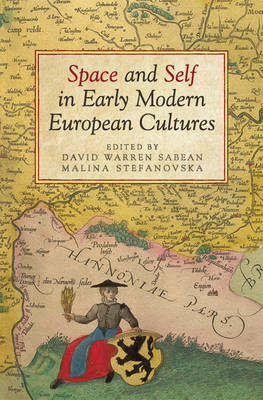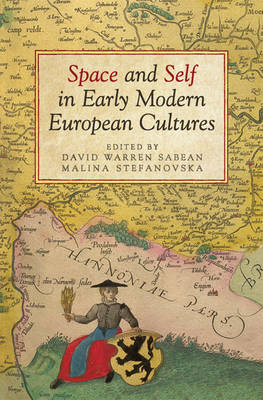
- Retrait gratuit dans votre magasin Club
- 7.000.000 titres dans notre catalogue
- Payer en toute sécurité
- Toujours un magasin près de chez vous
- Retrait gratuit dans votre magasin Club
- 7.000.0000 titres dans notre catalogue
- Payer en toute sécurité
- Toujours un magasin près de chez vous
Space and Self in Early Modern European Cultures
Description
The notion of 'selfhood' conjures up images of self-sufficiency, integrity, introspectiveness, and autonomy - characteristics typically associated with 'modernity.' The seventeenth century marks the crucial transition to a new form of 'bourgeois' selfhood, although the concept goes back to the pre-modern and early modern period. A richly interdisciplinary collection, Space and Self integrates perspectives from history, history of literature, and history of art to link the issue of selfhood to the new and vital literature on space.
As Space and Self shows, there have at all times been multiple paths and alternative possibilities for forming identities, marking personhood, and experiencing life as a concrete, singular individual. Positioning self and space as specific and evolving constructs, a diverse group of contributors explore how persons become embodied in particular places or inscribed in concrete space. Space and Self thus sets the terms for current discussion of these topics and provides new approaches to studying their cultural specificity.
Spécifications
Parties prenantes
- Editeur:
Contenu
- Nombre de pages :
- 368
- Langue:
- Anglais
- Collection :
Caractéristiques
- EAN:
- 9781442643949
- Date de parution :
- 09-07-12
- Format:
- Livre relié
- Format numérique:
- Genaaid
- Dimensions :
- 152 mm x 229 mm
- Poids :
- 693 g

Les avis
Nous publions uniquement les avis qui respectent les conditions requises. Consultez nos conditions pour les avis.





